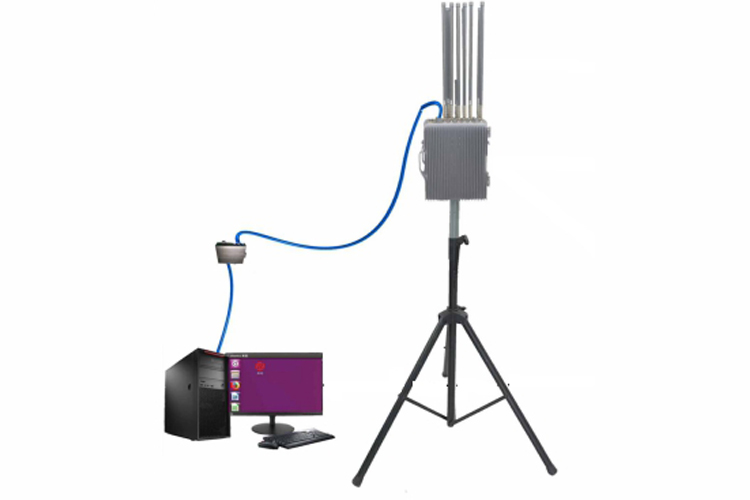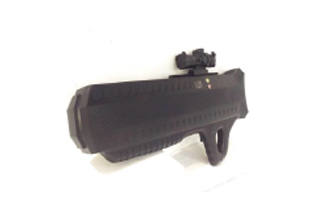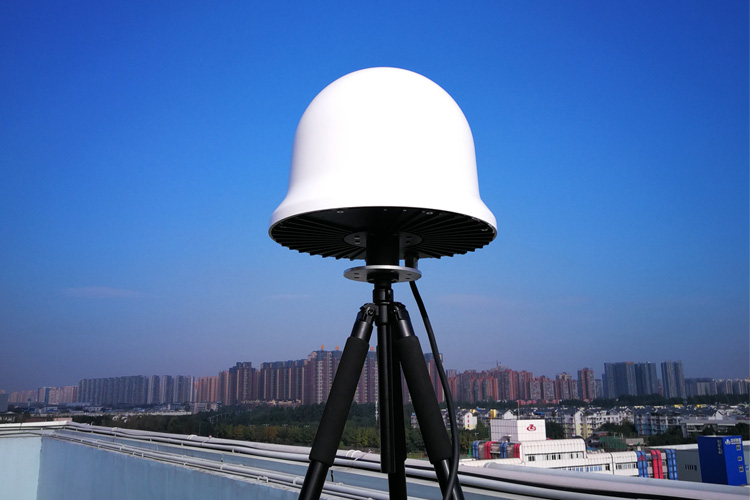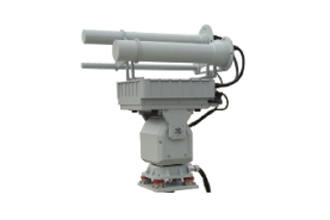The drone RF detection and jamming integrated machine ZD01 is a product developed for small areas such as detention centers, stadiums, and villas. The product can realize rapid deployment in fixed areas, realize automatic detection, and automatically suppress the integrated 24-hour unattended ope...
HANVYADG is a hand-held, anti-drone gun that can disable drones operating on 5 frequencies and has a range of up to 2,000 meters.
SC02 is an upgraded version of SC01, which implements precise countermeasures against drones within 1000 meters. Multi-band electromagnetic emission, ready to use, cuts off the remote control, image transmission, and navigation links of the drone at a long distance, thereby forcing the drone to l...
The No-fly zone device is mainly aimed at GPS/GLONASS/BD navigation systems, launching false satellite navigation signals to form a no-fly zone function, and drones cannot fly into the no-fly zone. The device has low radiation power, has no effect on the surrounding electromagnetic environment, a...
By jamming the communication channels, the drone is effectively disabled and forced back to its home base or grounded at its current location.
LEAVE A Message
Active radar detection technology
For the real-time detection technology of uav, there are two technical routes: one is active radar detection technology; The second is the detection technique of passive opportunity spectrum analysis.
1. Detection technology based on radar system
The principle of radar is a technology that has been mature since the second world war. In recent years, the development of radar technology advances by leaps and bounds. With the rapid development of high-speed computer technology, various new radars emerge in an endless stream, such as phased array radar, pulse doppler radar, laser radar, SAR radar and so on. With the rapid development of radar technology, the application range is more and more wide, and the popularization of the application has in turn reduced the cost of radar greatly. From the early maritime navigation radar, to the present various unmanned vehicles, unmanned ships and drones detection and obstacle avoidance radar, and then to a variety of security industry anti-theft alarm radar. The application of radar has penetrated into all walks of life of national economy.

For the radar detection of uav, the main problem is to solve the problem of building reflection and electromagnetic interference in the urban environment. The main possible scenario of "low, slow and small" uav is the urban environment, where tall buildings stand in a forest, and various reflections of radar signal will affect the real target signal. Therefore, whether different algorithms can be adopted to eliminate these interferences will directly affect the actual effect of detection radar.
Therefore, we casually use the sea to the air long-range military radar, directly used for low and low detection, is not necessarily effective, mainly because of the problem of the environment. However, radar detection must be the most classical and effective method for low speed and small size.
The main theoretical basis of radar detection technology is the principle of doppler frequency shift. That is to say, when the reflected signal sent by the radar hits the moving target, the reflected electromagnetic wave signal of the target will have doppler frequency shift. When the radar antenna detects the frequency shift, it will push out the moving speed and direction and form a track to display on the screen.
To sum up, it can be seen that there are two problems in the radar detection system: one is that there is a certain probability of false positives for trees blown by wind in the environment; The other is that if a small target hovers in the air, the radar can't detect it – false positives and failures!





